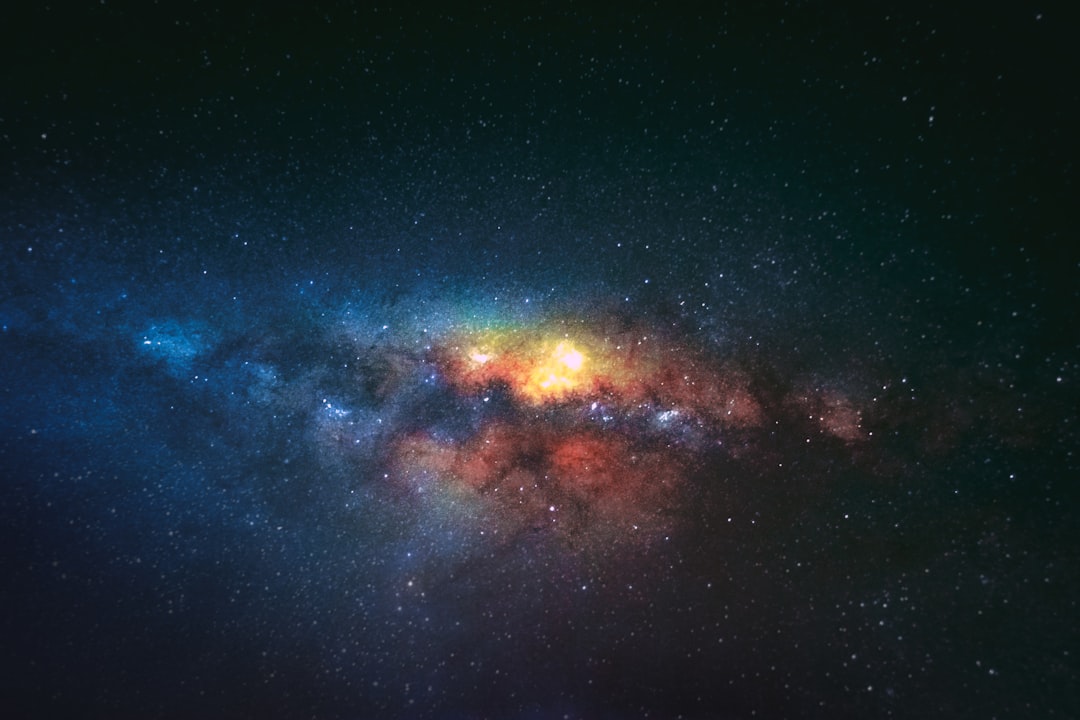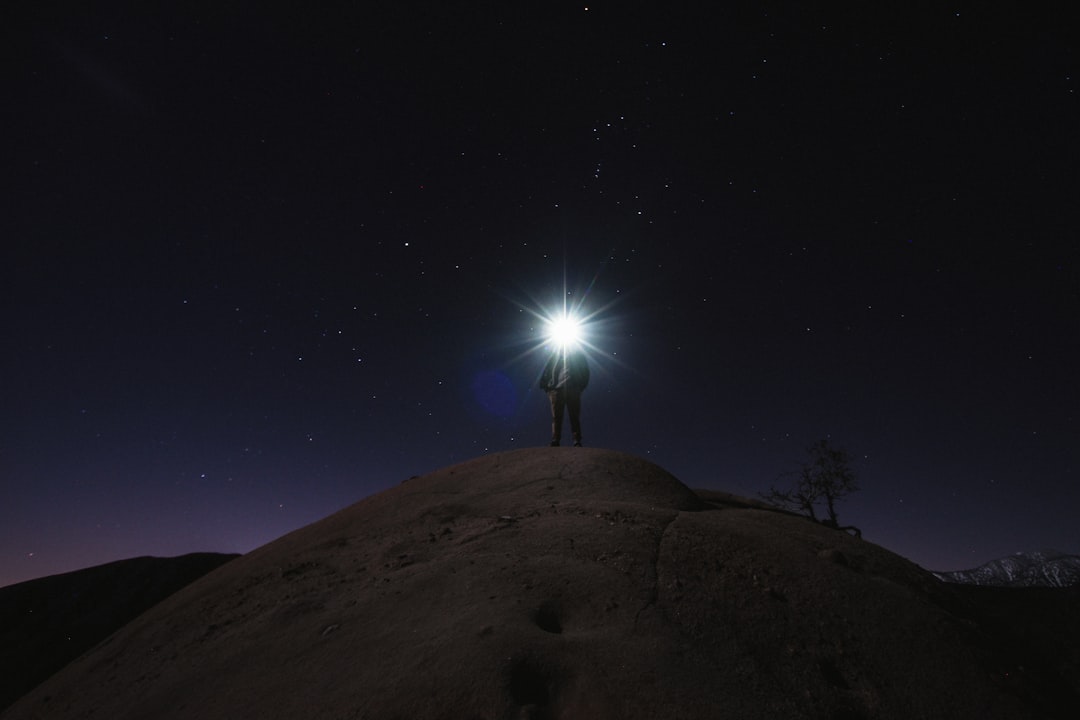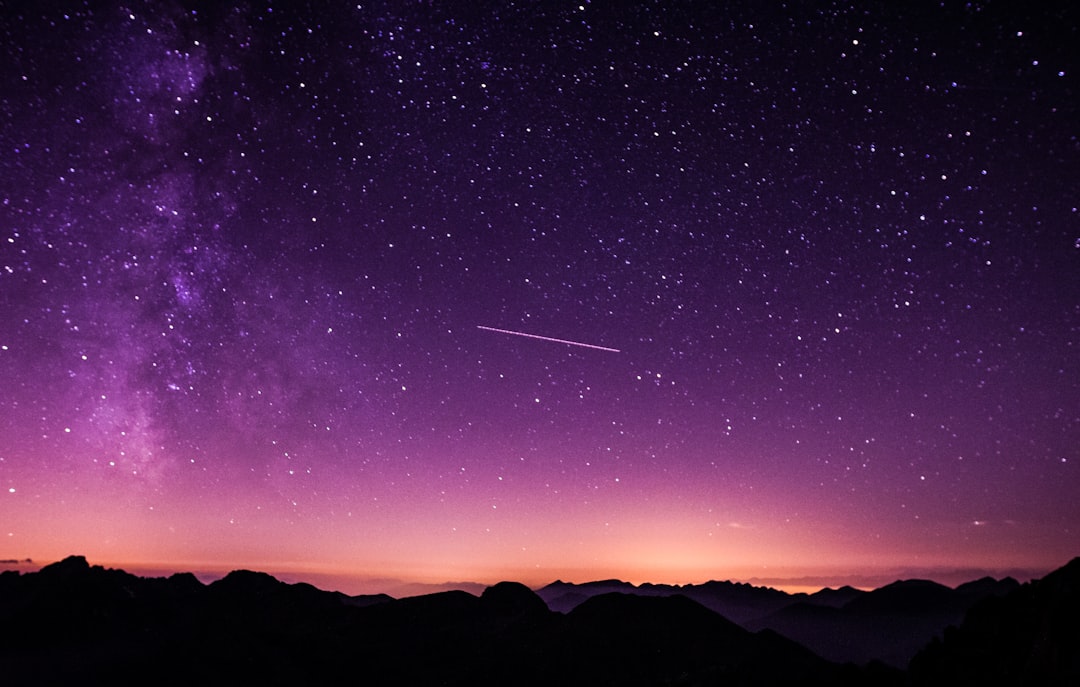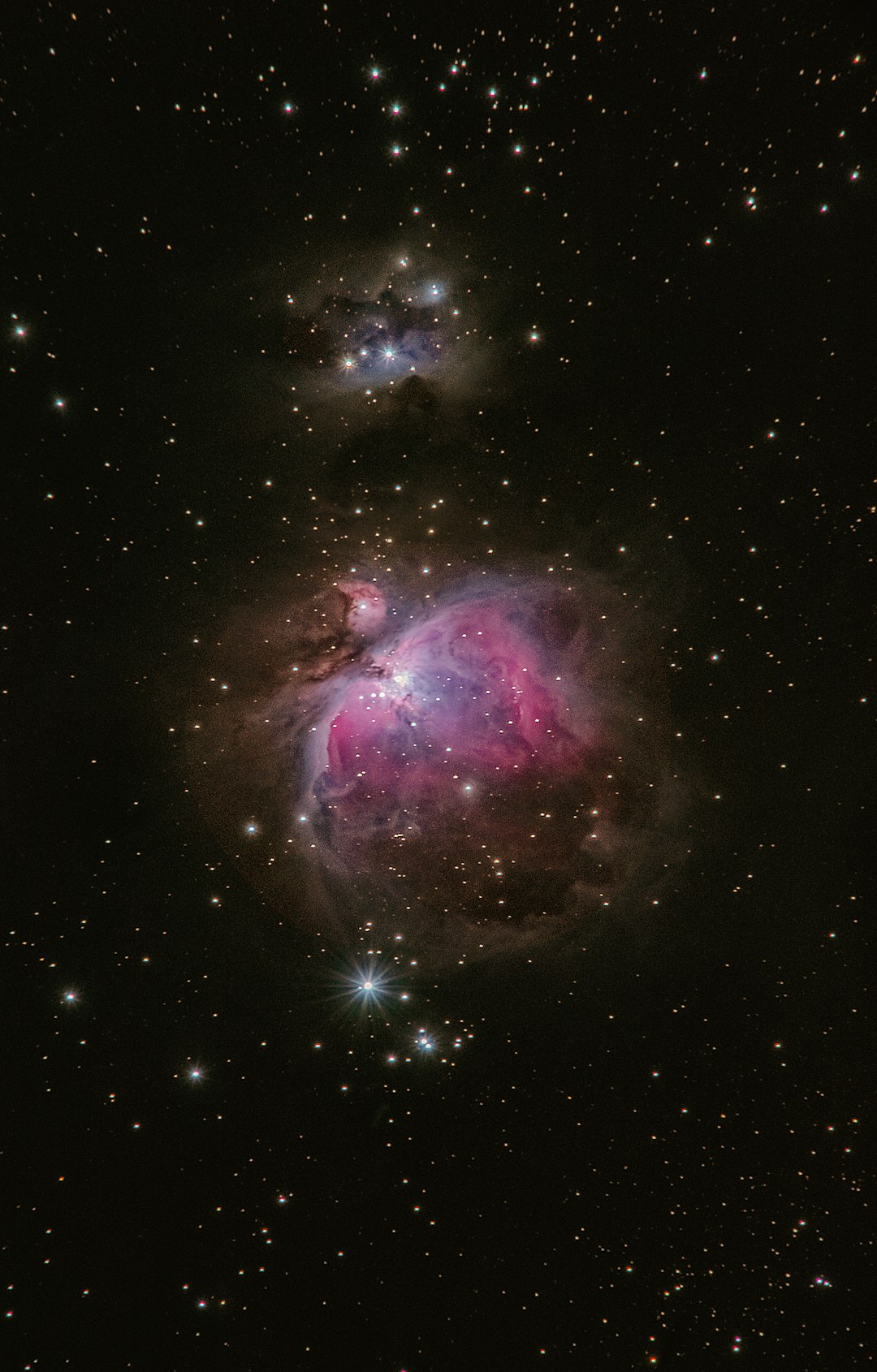If you’re looking for some great questions for your pub quiz, to do at home with your friends, or just to test yourself then look no further. We’ve compiled the Ultimate Star Quiz with some of our favorite trivia and we’ve made it “print friendly” by adding spaces for your answers.
Scroll down for the answers!
Round 1: Celestial Knowledge
1 - Which is the brightest star in the night sky?
2 - What percentage of the total mass of our solar system does our sun take up? (Points awarded to within 5%)
3 - Astrology and astronomy : which is a science and which is fortune-telling? (1/2 point for each)
4 - How old is the Milky Way Galaxy? (Answers to within half a billion years either side)
5 - If your star sign is Libra, you will be born in one of two months. Which are they? (Half a point for each month)
6 - How many stars are there in the universe? a) 1 Billion Trillion b) 10 Billion Trillion c) 100 Billion Trillion d) 1 Trillion Trillion
7 - How many stars are there in the Milky Way Galaxy? a) 1 Billion b) 10 Billion c) 1 Trillion d) 10 Trillion
8 - Whose ‘heliocentric theory of the solar system’ triggered a scientific revolution?
9 - If your star sign is Aries, you will be born in one of two months. Which are they? (Half a point for each month)
10 - In the Bible, the Star of Bethlehem refers to which star?
Round 2: Stars In Your Eyes
1 - How many stars are visible to the naked eye from all over earth? (To the nearest thousand)
2 - How many stars are visible to the naked eye from one place on earth? (To the nearest thousand)
3 - The closest star to earth is Proxima Centauri. How many light years away is it? (To the nearest lightyear)
4 - When there is no eclipse, the visible part of a star is a) The Corona b) Photosphere c) The Chronosphere d) All of the Above
5 - Roughly how many shooting stars are there every day around earth? Tens? Hundreds? Thousands? Millions?
6 - The most common stars in the Milky Way are a) White Dwarfs b) Red Giants c) Red Dwarfs d) Supergiants
7 - What is the term given for reduced visibility of the stars due to artificial lighting in a city?
8 - Name three countries which have the “Southern Cross” on their flag? (One point for each)
9 - What type of star is our sun? Yellow Dwarf Star? Red Dwarf Star? Brown Dwarf Star? White Dwarf Star?
10 - Right now the North Star is Polaris but it will change to Vega in 2727, 4727, 7327, or 13,727?
Round 3: Star Qualities
1 - What is the name for the chain reaction, before a massive star becomes a white dwarf?
2 - During most of its life, a star is called: a) White Dwarf b) Red Giant c) Main Sequence Star d) Sun
3 - How many constellations are there in the night sky?
4 - X-ray emissions from stars help scientists work our a) The Mass b) The Rotation Period c) The Age d) All of the Above
5 - The nuclear fusion reactions powering a star occur in a) The Radioactive Core b) The Corona c) The Central Core d) The Inner Core
6 - What are the main two chemical elements in a star? (One point for each)
7 - Gravity pulls stars in on themselves but which force prevents them from collapsing into neutron stars, creating a state of ‘hydrostatic equilibrium’?
8 - What is the name for a giant cloud of space dust that will one day turn into a star? Protostar? Nebula? Dawn Cloud? Supernova?
9 - The color of stars corresponds to the temperature of the stars. Put the following three colours from hottest to coldest: Red, blue, white.
10 - What color are the largest stars? Yellow? Blue? Red? White?
Round 4: Create Your Own Picture Round
Create a diagram (with pictures if you like) putting these ten lifecycles of a star into the correct order.
Red Giant, Neutron Star, Black Hole, White Dwarf, Stellar Nebula, Massive Star, Supernova, Red Supergiant, Average Star, Planetary Nebula
Every correct connection scores one point.
Clue: they do not connect in a straight line!
Final Round: True or False
1 - Stars with the least amount of mass shine the brightest. T/F
2 - Bigger stars have a shorter lifespan. T/F
3 - Christ’s uncle, Joseph of Arimathea, was the first to record the movement of the stars. T/F
4 - Stars do not twinkle. Earth’s atmosphere deflects some of the starlight making them appear this way. T/F
5 - On a cloudless night you can power a desk fan using a 1 meter x 1 meter solar panel. T/F
6 - When you look at a star in the night sky, there is about a 50% chance you are looking at two or more stars, revolving around each other. T/F
7 - The largest known star, VY Canis Majoris, is 1800x the size of our sun. T/F
8 - Betelguese is a star in the constellation of Orion. Its name in Arabic means ‘the armpit of a giant’. T/F
9 - You can buy ownership of a star. T/F
10 - In 2002, Moby released the record “We Are All Made of Stars”. Was he right? T/F
Sudden Death (If the top two teams are on the same score then whoever gets closest to the following answer wins)
Question: How many pints of beer could be made from the gas cloud G34.3 in the Aquila constellation?
END OF QUESTIONS
Ultimate Star Quiz: Answers
Round 1: Celestial Knowledge
1 - Sirius (this was in the first part of our ‘Learning the Stars’ series)
2 - 99% (94% - 100% accepted as correct)
3 - Astronomy = Science Astrology = Fortune-telling
4 - 13.6 Billion Years Old
5 - October, November
6 - 10 Billion Trillion (b)
7 - 1 Trillion (c)
8 - Copernicus
9 - March, April
10 - The North Star
Round 2: Stars In Your Eyes
1 - 9,096 (9,000)
2 - 2,000 approx.
3 - 4.2 Lightyears (4)
4 - Photosphere (c)
5 - Millions
6 - Red Dwarfs (c)
7 - Light Pollution
8 - Australia, Brazil, New Zealand, Papua New Guinea, Samoa
9 - Yellow Dwarf Star
10 - 13,727
Round 3: Star Qualities
1 - Supernova
2 - Main Sequence Star (c)
3 - 88
4 - All of the Above (d)
5 - The Central Core (c)
6 - Hydrogen and Helium
7 - Photons (light) produced by nuclear fusion at the centre of the star
8 - Nebula
9 - Hottest to Coldest: Blue --> White --> Red
10 - Blue
Round 4: Create Your Own Picture Round
Stellar Nebula --> Average Star --> Red Giant --> Planetary Nebula --> White Dwarf
Stellar Nebula --> Massive Star --> Red Supergiant --> Supernova
Supernova --> Neutron Star
Supernova --> Black Hole
Final Round: True or False
1 - True
2 - True
3 - False
4 - True
5 - False
6 - True
7 - True
8 - True
9 - False – see our blog post about Buying a Star Online
10 - True – all organic matter containing carbon was originally produced by stars
Sudden Death
Answer: 300,000 Pints of Beer
Hope it wasn't too tough? There really is an awful lot to those tiny little dots in the sky!






